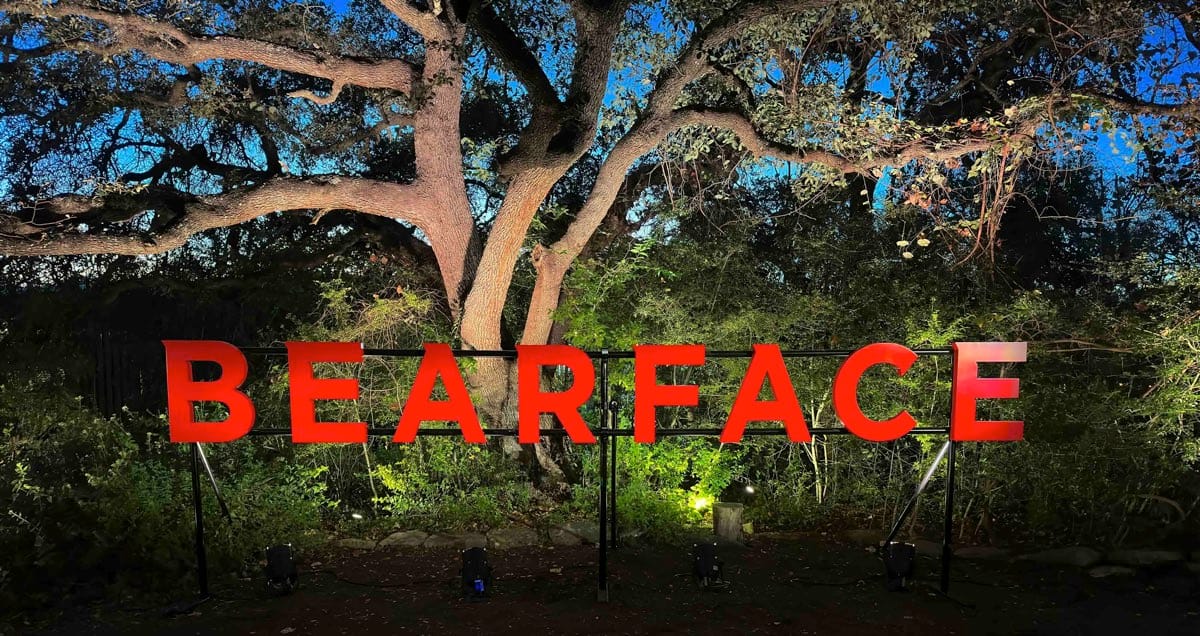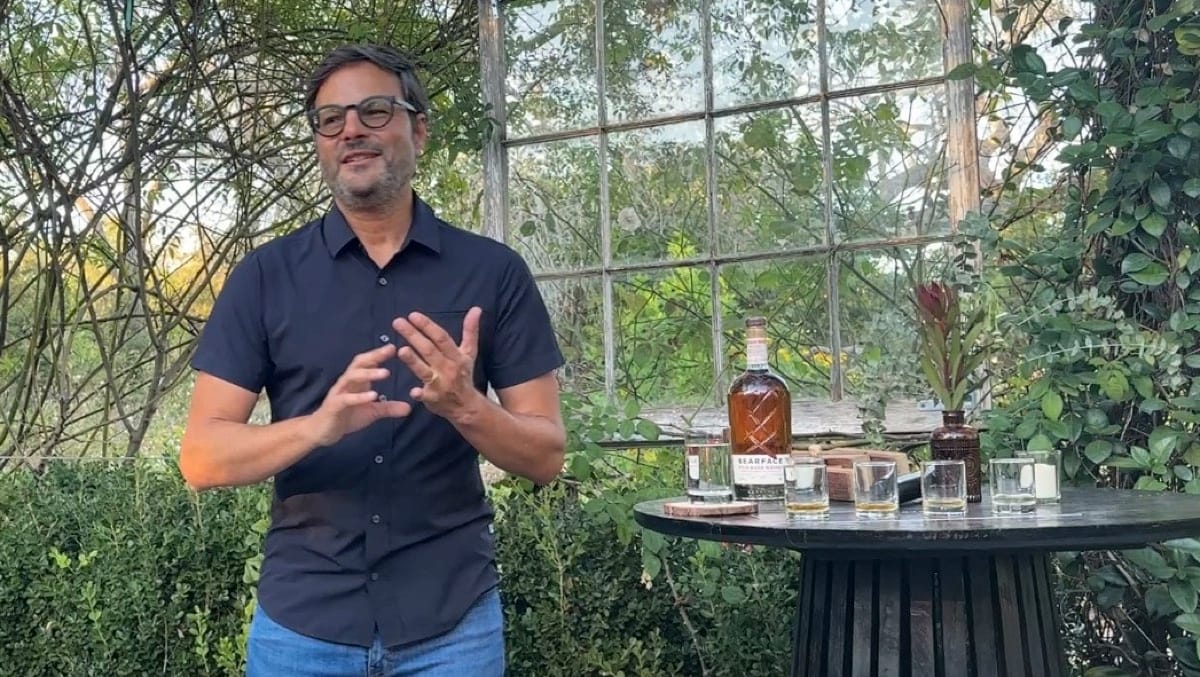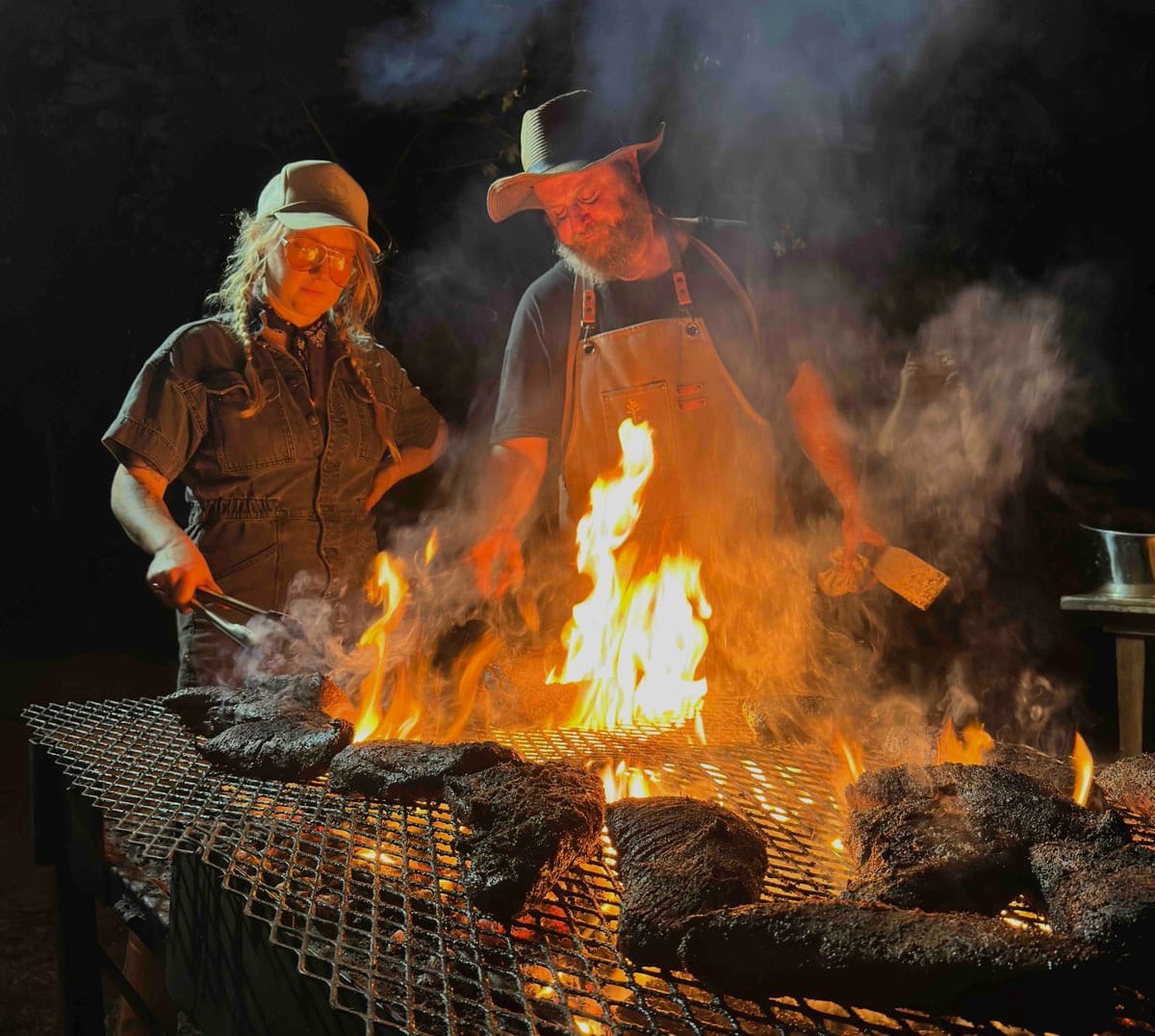Bearface Whisky is more nuanced, subtle than its name
“One reason I chose to do this in Canada was the rules for Canadian whisky aren’t so strict as they are for bourbon, I wanted to have more freedom to do something different."

Andres Faustinelli lives out the old saw that variety is the spice of life. The Venezuelan-born boy who grew up in Italy has sold rum, whiskey and bourbon (mostly the old casks made and aged at Stitzel-Weller that eventually became Diageo’s Orphan Barrels). After helping create two top-quality agave spirits (Pasote tequila and Bozal mezcal), he looked back on those delicious efforts as “a happy distraction.”
Perhaps that sidetrack inspired him to create his own product, Bearface Whisky. What's clear is it shows his love of variety remains grizzly strong, and in doing his own thing, he insisted Bearface be like none other.
“One reason I chose to do this in Canada was the rules for Canadian whisky aren’t so strict as they are for bourbon,” Faustinelli said. “I wanted to have more freedom to do something different. Instead of just finding amazing casks of whisky and putting them in a nice bottle, I decided to create a process that is quite different. I wanted to have fun with it.”

Bearface begins with 7-year-old Canadian corn whisky aged in ex-bourbon casks. Starting with a 162-barrel batch of that sourced in Ontario, he dumps it and pumps into a tanker truck, which is driven about 2,500 miles to British Columbia. There it’s rebarreled using about 100 ex-wine French oak casks, and after a rest in those, it’s dumped and rebarreled in new, medium-to-heavily toasted (no char) Hungarian oak casks.
“The heavy toast … is very functional because it delivers a lot of density,” Faustinelli said. “It's the same whisky, only it’s now in its third home.”
Those barrels are aged in shipping containers located in Kelowna, B.C., and exposed to all four seasons. Summers there are dry and winters are exceptionally cold, Faustinelli said.
“Kelowna means ‘grizzly,’ which explains the name (Bearface),” Faustinelli said during a media event held in Austin, Texas. To reinforce the name, Bearface bottles are etched with grizzly claw marks. “We have massive variations in temperature, and that creates what we call elemental aging. Our whiskeys are exposed to the elements.
“We want nature to guide the process, not recipes or formulas. We have no recipes or (flavor) targets. We want the weather and our barrels to create those flavors.”
Where ex-bourbon casks contribute honey and vanilla notes, Faustinelli said the wine barrels contribute dry, fruity notes and a bit of ruby color. Hungarian oak lends common wood spices along with black cardamom, orange peel and smoke.
Despite Faustinelli using the same types of casks, the wine casks he gets reflect a variety of wines they first stored, namely cabernet sauvignon, cabernet franc and merlot.
“I'm in the middle of an amazing wine region, so, fortunately for me, I get those wine casks for free,” he said with a wide grin. “But I don't know the exact proportion of each wine cask I get every time. I like that uncertainty.”
With each season and barrel, he said the spirit gains complexity in ways mere blending or a set recipe can’t achieve.
“To me, each season has a different purpose,” Faustinelli began. “Winter is going to give me umami flavors. Spring is going to be juicy. Summer is going to be all about more oak spice. And then fall is going to be balsamic acidity and a lot of dried fruits.”
Even at 85 proof, Bearface is rich, weighty and velvety on the palate. Dried and ripe fruit flavors are abundant and always riding an undercurrent of vanilla. With its low ABV, it’s easy to hold in the mouth for extended periods to enjoy its depth and balance. Wood spice is appreciable without overdoing it; dryness is scant. Faustinelli has created a unique spirit that fans of nuance and delicate touches will appreciate. If you need a gateway whisky to lead a wine drinker into the grain spirits fold, this would be it.

The event I attended featured lots of Bearface poured neat and served in cocktails. On a warm, dry night on a dusty plot of ground outside of Austin, cocktails were great for thirst quenching, but I prefer neat spirits with food, and those flowed liberally. The centerpiece of the meal was a mountain of meat grilled over live wood fires—a difficult feat even for pros who know what they’re doing, and this crew did.
Boldly seasoned and perfectly cooked, Bearface stood up nicely to the wood-fired meat despite its modest proof. Where I tend to like high-proof bourbon or rye to go with fatty cuts, leaner cuts were a great palate partner for Bearface. I’d recommend this to anyone looking for whisky to pair with food.
At $39.99 a bottle, this is a bargain for anyone, but especially so for curious drinkers. As anyone who reads my whiskey reviews of late may have seen, I’m really enjoying low-proof offerings, especially with food. Pair Bearface neat with some grilled proteins and boldly seasoned sides, and you’ll thank me for it.

